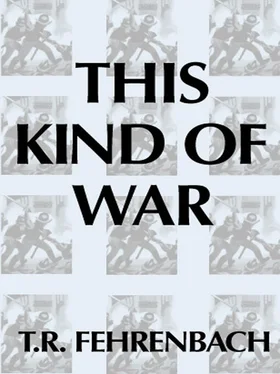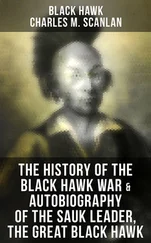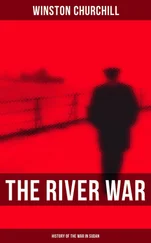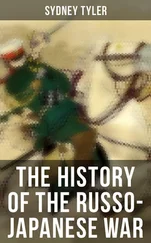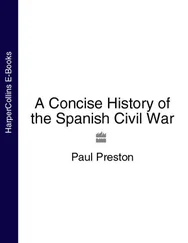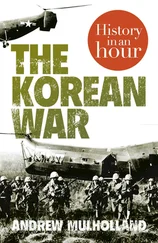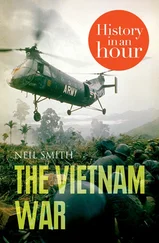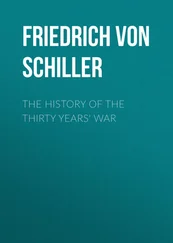ROK soldiers, seeing all else fail, seized packets of high explosive and threw themselves under tank treads, trying to disable the steel monsters. Others ran at the advancing tanks with satchel charges, or charges fixed to long poles. Still others leaped upon tank decks, and desperately attempted to pry open the turret hatches with iron bars and hooks, so that they might drop hand grenades inside. In open terrain, and against tanks deployed in number, such tactics were suicide. A tank or two slued aside or blew up, but the ROK soldiers died.
They died chopped down by the tank machine guns, or shot by the supporting NKPA infantry. They died shrieking under the tank treads. When almost a hundred had been killed in this manner, the desire to fight tanks barehanded began to leave the survivors.
Still the 1st Division held its ground. It was still holding, desperately, when disaster to the east forced it to withdraw.
The main attack of the NKPA burst down the Ch'orwon Valley toward the Uijongbu Corridor, the main gateway from the north to Seoul. On the left the 4th Division, NKPA, attacked southward along the Yonch'on-Tongduch'on-ni road into Uijongbu; on the right the 3rd Division moved along the P'och'onKurwha road. In front of each division roared and clanked a regiment of forty tanks.
A single ROK division, the 7th, with its 1st Regiment scattered along the parallel, its 9th Regiment at P'och'on, and its 3rd Regiment at Tongduch'onni, took the full force of the assault.
At 0830 a staff officer of the 7th Division radioed the ROK Minister of Defense in Seoul: "We are under general attack and heavy artillery fire near the parallel. The enemy has already seized his initial objectives. We require immediate reinforcements. Our reserve is engaged."
There were no reinforcements available, and there was no way to stop the onrushing tanks—no rivers, no ridges to bar the way. Fighting, the 7th Division fell back toward Uijongbu. By evening of 25 June, worried civilians there could hear the sound of guns, coming closer.
If Uijongbu fell, Seoul was defenseless.
Farther east, south of Hwach'on and the great Hwach'on Reservoir, near which NKPA II Corps had its headquarters, lay the ancient and lovely town of Ch'unch'on, atop whose Peacock Mountain was the most famous shrine in Korea, a building with bright-lacquered pillars and dull red roof tiles, which the South Koreans had turned into a library. Against Ch'unch'on II Corps threw its 2nd Division, without tank support.
The 2nd Division was to take Ch'unch'on no later than Sunday afternoon, while II Corps' 7th Division, which had tanks, was to attack toward Hongch'on, which lay southeast of the Shrine City.
The attack of the 7th Division south from Inje was immediately successful. What happened at Ch'unch'on, however, is significant.
The ROK 6th Division's 7th Regiment stood in dug-in concrete pillboxes and bunkers on the high, pine-covered ridges north of Ch'unch'on. The positions on Sunday morning were fully manned by grousing ROK soldiers; Colonel Kim Chong O, the division commander, had permitted no weekend passes. The American adviser, Lieutenant Colonel McPhail, was at Wonju with Division HQ. The 6th Division artillery was well trained.
The attack of the NKPA stalled in the mountains north of Ch'unch'on. Well-placed artillery fire shattered the NKPA 6th Regiment. There was no panic, no confusion among the defenders, who had been ready.
At midmorning, Colonel McPhail rushed up from Wonju to be on hand during the battle, and by late afternoon the reserve regiment of the 6th Division entered the town. Despite desperate attacks and bitter fighting, the NKPA 2nd Division could not force its way into Ch'unch'on.
With the fall of dark, there was annoyance in the Operations Post of II Corps at Hwach'on. Senior Colonel Lee was ordered to divert the 7th Division from its push toward Hongch'on and bring it back to join in the drive on Ch'unch'on. The 2nd Division, in only one day's fighting, had been badly mauled. It had suffered almost 40 percent casualties.
Fighting unsurprised, fully manned, and against troops without armor, the ROK Army was more than holding its own. For three days the ROK 6th Division would hold Ch'unch'on, retreating only when disaster to its east and west made its strongly held positions untenable.
Far across the peninsula, on the other side of the rugged and almost impassable Taebaek Range, the ROK 8th Division, which was stationed in coastal cities along the Sea of Japan, had been fighting Communist guerrillas. Several of its battalions were detached for service in the mountains on Sunday, 25 June; the others were stretched out from the parallel down to Samch'ok.
At first light on Sunday morning Korean staff officers burst in on Major George Kessler, adviser of the 10th Regiment. They told him, "We are under heavy attack across the parallel!"
Before any moves could be made, reports by telephone said that enemy soldiers were landing on the coast both north and south of Samch'ok. Whatever might be happening along the parallel, this last was serious. Kessler jumped into his jeep, and with the commanding officer of 10th Regiment, drove east to the sea north of Samch'ok.
Kessler stopped the jeep on a high hill overlooking the sea. Offshore, he and the regimental C.O. saw a vast flotilla of sampans and junks. Below them, on the beach, they saw a battalion-sized group of Inmun Gun coming ashore and spreading out. Kessler backed around and got out of there.
Driving south of Samch'ok, they saw approximately the same scene. ROK gunfire opened up and sank two boats offshore, but at least a thousand armed men came ashore. These men, mostly guerrilla cadres, did not engage the ROK forces, but slipped into the Taebaek Mountains and linked up with the guerrilla forces already fighting there.
And north, along the parallel, the NKPA 5th Division, supported by the 766th Independent Unit, crashed against the spread-out ROK 8th, driving it southward down the coast. The division commander informed the ROK chief of staff before withdrawing, in good order. No matter what happened, the campaign would not be won or lost in the remote east.
By midmorning on Sunday, General Chae Byong Duk and his principal advisers knew that the assault in progress was no rice raid.
In ROK Headquarters at Seoul there was confusion, but as yet no panic among the rank and file. After all, plans had been laid for just such an eventuality as this attack of the Inmun Gun.
In Seoul the officers knew that the key to the capital lay in the Uijongbu Corridor; any serious threat against Seoul must come that way, and if the enemy should get past Uijongbu, there was no feature, manmade or natural, that could hinder him short of the Han, on Seoul's south side. Obviously, and according to well-thought-out plan, the major ROK effort would be made in the Uijongbu Corridor, where now General Yu Hai Hyung's 7th Division was falling back under heavy pressure.
General Chae Byong Duk, Chief of Staff, began nervously to issue orders. All reserves of the ROK Army were to move north toward Seoul, and through the city into the Uijongbu Corridor.
The ROK 2nd Division was at Taejon, ninety miles south. The 5th was near Kwangfu far to the southwest, and the 3rd was across the peninsula at Taegu.
The ROK 2nd was the first to receive its orders, and to move. Its lead elements, accompanied by their American advisers, departed north by rail at 1430. By nightfall on 25 June parts of the 5th were on the road, and some units of the 3rd were also in motion.
The ROK divisions were not mechanized or mobile. Most of their transport was on deadline for lack of spare parts, and they were not organized for rapid movement. But they did the best they could, beginning to move north in piecemeal fashion.
As his orders went out, "Fat" Chae grew more nervous. Accompanied by his American staff adviser, Captain Hausman, he made two trips up to the
Читать дальше
